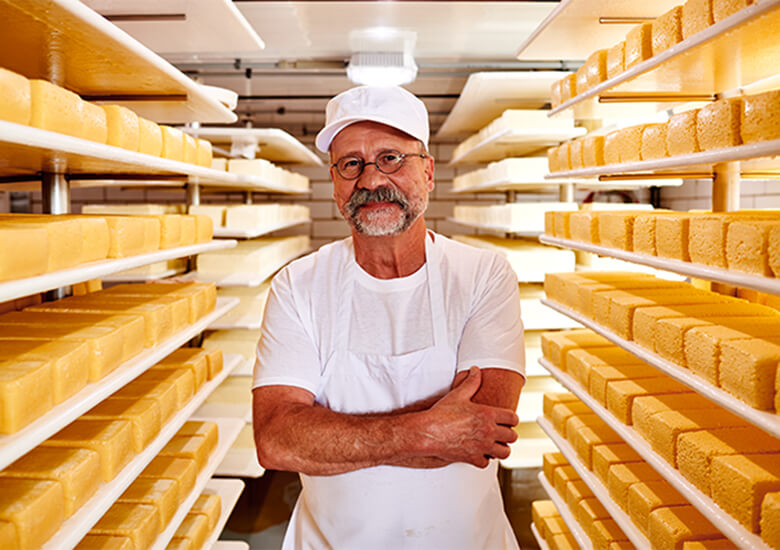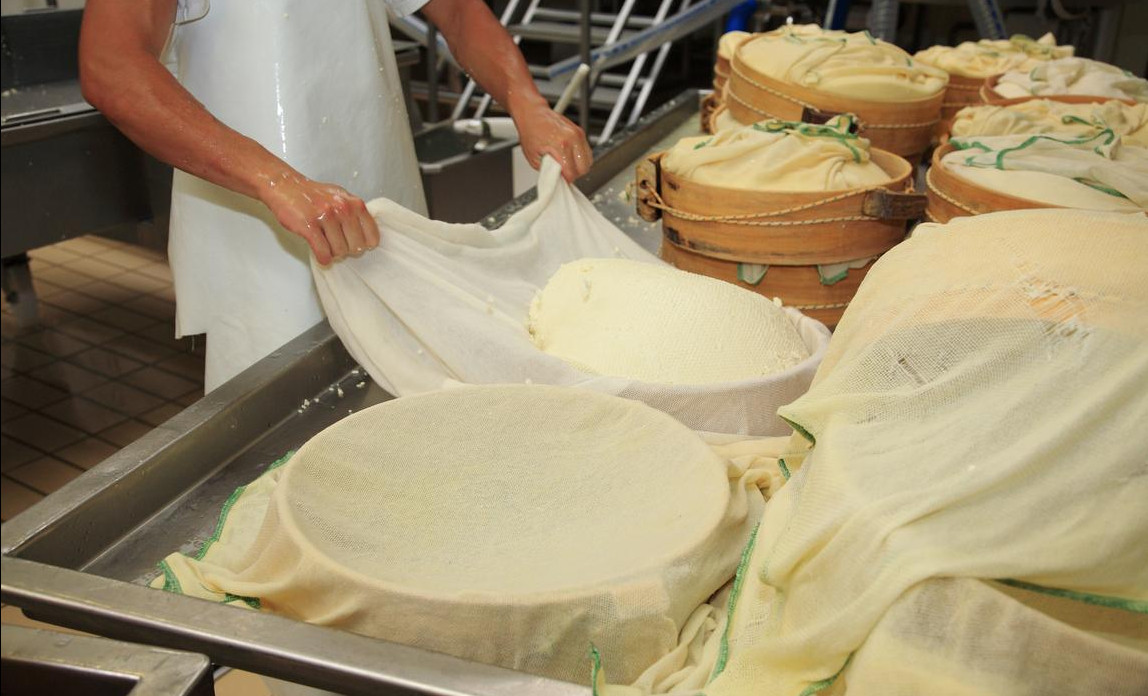From Thomastown to Your Table: The Excellence of Floridia Cheese Melbourne
From Thomastown to Your Table: The Excellence of Floridia Cheese Melbourne
Blog Article
Unlocking the Tricks of Artisanal Cheese Making: A Step-by-Step DIY Overview
In the world of cooking craftsmanship, artisanal cheese making stands as a testimony to the fragile equilibrium between custom and development. As we get started on this journey to debunk the art of developing elegant cheeses, we are encountered with a tapestry of skills and keys waiting to be untangled.
Choosing the Right Milk
When embarking on the trip of artisanal cheese production, the selection of milk plays a crucial duty in determining the high quality and qualities of the final item. The type of milk chosen impacts the taste, structure, and overall account of the cheese.
When picking milk for cheese production, it is necessary to think about the fat web content. Greater fat material in milk can lead to a creamier and richer cheese, while lower fat content may result in a drier and stronger structure. Additionally, the resource of the milk, whether from cows, goats, lamb, or buffalo, contributes distinctive flavors and attributes to celebrity (Melbourne Made Cheese). Each type of milk brings its own subtleties, enabling a broad array of cheese selections to be crafted based upon the picked milk. Inevitably, the option of milk is an essential decision that establishes the foundation for a successful artisanal cheese-making endeavor.
Culturing and Coagulating
To launch the cheese-making process, the crucial steps of culturing and coagulating should be meticulously implemented to transform milk into curds and whey. Culturing involves presenting beneficial germs to the milk, which then begins the fermentation process. These bacteria transform lactose (milk sugar) right into lactic acid, creating the acidic atmosphere necessary for coagulation. The sort of culture used can substantially affect the flavor, texture, and ripening of the last cheese item.

The timing and temperature level control throughout culturing and coagulation are essential variables that affect the final outcome of celebrity. Appropriate execution of these actions is crucial to make certain the preferred texture, flavor, and uniformity of the artisanal cheese being generated.
Draining Pipes and Pushing Curds
After the milk healthy proteins have actually coagulated and the curds have actually been reduced to launch whey, the next important action in artisanal cheese making entails draining pipes and pushing the curds to accomplish the preferred texture and consistency of the final cheese item. Draining pipes is the process of dividing the curds from the whey. This can be done by moving the curds right into a cheesecloth-lined bowl-shaped sieve or mold and permitting the whey to drain pipes off normally. The moment for draining can differ depending upon the sort of cheese being made and the desired moisture content.
Pushing assists remove any type of staying whey and compacts the curds to develop a strong cheese wheel. Proper draining and pushing are important steps that substantially influence the high quality and characteristics of the artisanal cheese being created.
Aging and Flavor Methods
Applying precise aging and flavor techniques is crucial in enhancing the deepness and complexity of artisanal cheeses, boosting their preference profiles to elegant degrees of refinement and class. Aging go plays an essential function in establishing the one-of-a-kind flavors and structures that distinguish artisanal cheeses.
Flavoring methods also contribute substantially to the last taste of artisanal cheeses. Cheesemakers might choose to introduce extra flavors by including components such as herbs, seasonings, and even fruits right into celebrity throughout the manufacturing procedure. In addition, some cheeses are cleaned or rubbed with numerous liquids, such as salt water or alcohol, to improve their flavors and structures.
Covering and Saving Cheeses

Conclusion
In conclusion, understanding the art of artisanal cheese making involves very carefully choosing the ideal milk, following accurate culturing and coagulating procedures, draining and pushing curds effectively, and making use of numerous aging and flavoring techniques. Bear in mind to cover and save your cheeses appropriately to make sure ideal taste and structure advancement.
Each type of milk brings its very own nuances, enabling for a broad array of cheese selections to be crafted based on the selected milk.After the milk proteins have coagulated and the curds have been read this reduced to release whey, the following essential step in artisanal cheese making entails draining and pressing the curds to attain the desired structure and consistency of the final cheese item. The majority of cheeses ought to be wrapped in wax paper or cheese paper to allow them to breathe while protecting them from drying out. For cheeses that require to continue aging, such as bloomy rinds or cleaned skins, ensure they are saved in a great environment like a cheese cavern or a refrigerator established to the ideal temperature. By paying interest to the covering and storage space of artisanal cheeses, cheese makers and enthusiasts can preserve the stability of these delicacies and fully enjoy their complex tastes.
Report this page